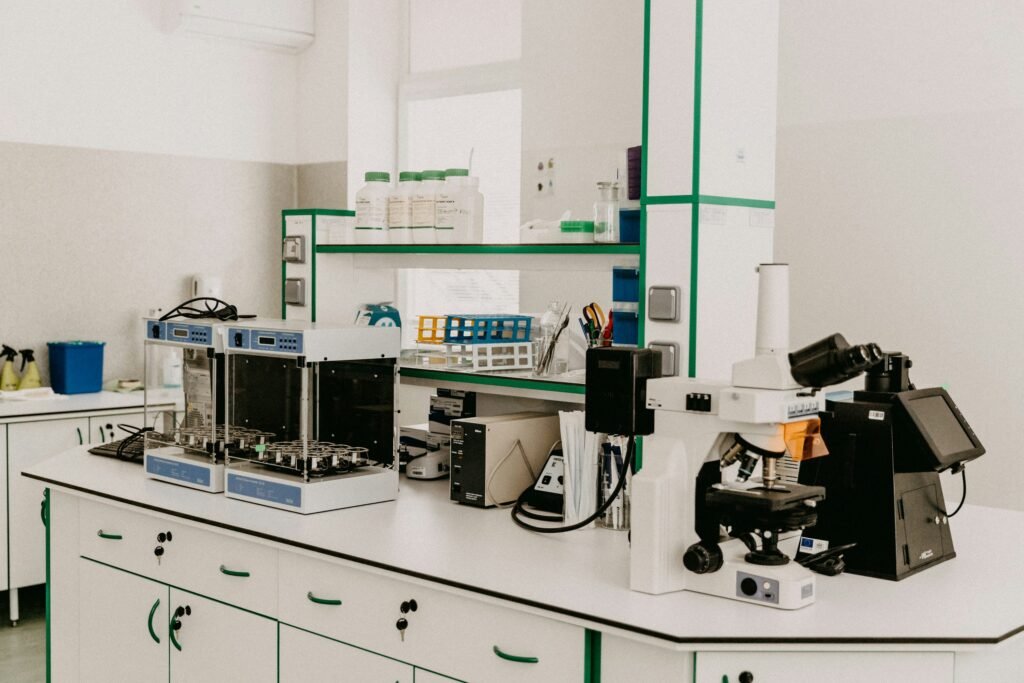Science Laboratory Technology is the cornerstone of modern scientific research and industrial advancements. This field seamlessly integrates scientific principles with technological tools, enabling researchers to perform experiments, analyze data, and innovate solutions to global challenges. In this blog, we will explore the significance of Science Laboratory Technology, its innovations, career opportunities, and how it shapes the future of multiple industries.
What is Science Laboratory Technology?
Science Laboratory Technology refers to the use of advanced tools, techniques, and methodologies in laboratories to conduct experiments and analyze findings. This discipline is integral to fields such as healthcare, environmental science, agriculture, and industrial manufacturing. By leveraging technology, scientists and technicians can achieve precision and efficiency, pushing the boundaries of research and discovery.
The Importance of Science Laboratory Technology
In today’s fast-paced world, Science Laboratory Technology plays a vital role in addressing critical issues such as disease diagnosis, environmental pollution, and sustainable development. Laboratories equipped with modern technology enable researchers to:
- Develop vaccines and medical treatments.
- Monitor and reduce environmental hazards.
- Improve food quality and safety.
- Create cutting-edge products in engineering and manufacturing.
Lucent Technologies: A Legacy of Innovation in Telecommunications
Key Innovations in Science Laboratory Technology
The field of Science Laboratory Technology is evolving rapidly, with groundbreaking advancements enhancing the capabilities of researchers and technicians. Some key innovations include:
1. Automation and Robotics in Laboratories
Automation has transformed laboratory operations by reducing human errors and speeding up processes. Robotic arms, automated sample handling, and AI-powered instruments are now commonplace in labs worldwide.
2. Integration of Artificial Intelligence
AI is revolutionizing data analysis by identifying patterns and making predictions faster than ever before. For example, AI algorithms can analyze genetic data to identify potential treatments for complex diseases.
3. Nanotechnology in Research
Nanotechnology has unlocked new possibilities in medicine, environmental science, and material development. Nanoparticles are used to deliver targeted drug therapies, clean pollutants, and create stronger materials. Mastering the AWS Pricing Calculator: Simplify Cloud Cost Estimation



